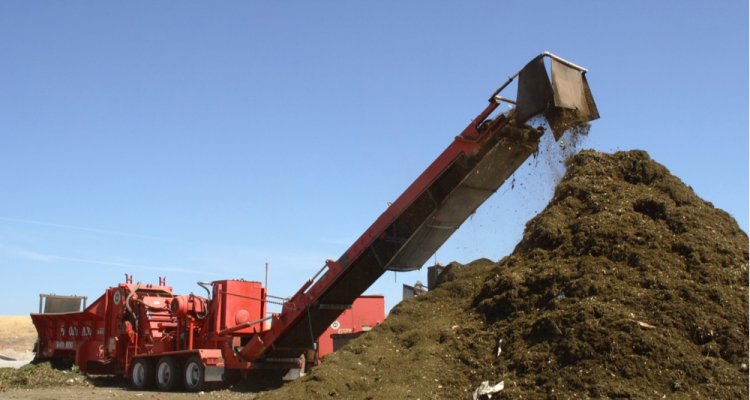
Cellulose: Sustainable Alternative to a Wide Range of Materials
From the packaging industry and plastics producers to innovators in the construction sector: they all seem to be looking for sustainable alternatives to petrochemical raw materials. Cellulose is an interesting candidate for this. This biobased raw material is already used on a large scale, prom packaging material and plastics to biobased construction materials.
New sources, new applications
Basically, there is no shortage of supply, as side streams and residual flows of the agrifood industry consist to a large extent of cellulose. These include leaves and stems of food crops, prunings, roadside clippings and also some residual flows from the food industry that are now often fermented or burnt for fuel and energy production because the higher value-added potential or market is unknown. In addition, consumer waste such as organic waste and collected textiles can also be an interesting source of cellulose.
Furthermore, there is an increasing demand for cellulose to be used in products that replace plastic packaging, but also in alternatives to cotton and polyester textiles and in applications for the automotive and construction industry.
Suitable applications for cellulose
Because supply and demand often do not match, Wageningen Food & Biobased Research has started a platform to connect suppliers and customers. Together with companies, Wageningen Food & Biobased Research develops successful applications for cellulose for numerous products and brings them into contact with the suppliers of these cellulose-containing streams.
Our starting point: suitable applications can be found for every source of cellulose, and vice versa. We look for the right route from raw material to end product and use various technologies to separate cellulose from sources and make it suitable for specific applications. We use mild technology for this, so that the intrinsic properties are preserved and as little energy and chemicals as possible are needed. But we don't just look at technological challenges: we also help partners set up an efficient and economically attractive value chain.
High-quality application of cellulose-containing residual side and waste streams
In various projects, we are working on high-quality application of cellulose-containing residual side and waste streams. For example, we have demonstrated in a public-private research programme that after refining, cocoa shells can be used as cellulose fibre or as a lignin fraction. The Ministry of Agriculture, Nature and Food Quality commissioned the project, in which we collaborated with Cargill, Schut Papier and Interface.
Another example is the GlueReed project. In this project, perennial reed from nature reserves was used as feedstock for board material, with a biomass-based resin as binder. Partners in this project were Natuurmonumenten, DSM, Compakboard and CS Process Engineering.
Call to partners
We warmly invite companies that still use petrochemical raw materials to join us to find out which possibilities cellulose offers as an alternative. Think of companies in the construction industry, the packaging industry and the plastics industry. In addition, we would like to come into contact with companies that want to valorise cellulose residual side streams or explore new market opportunities for cellulose from woody or woody crops.